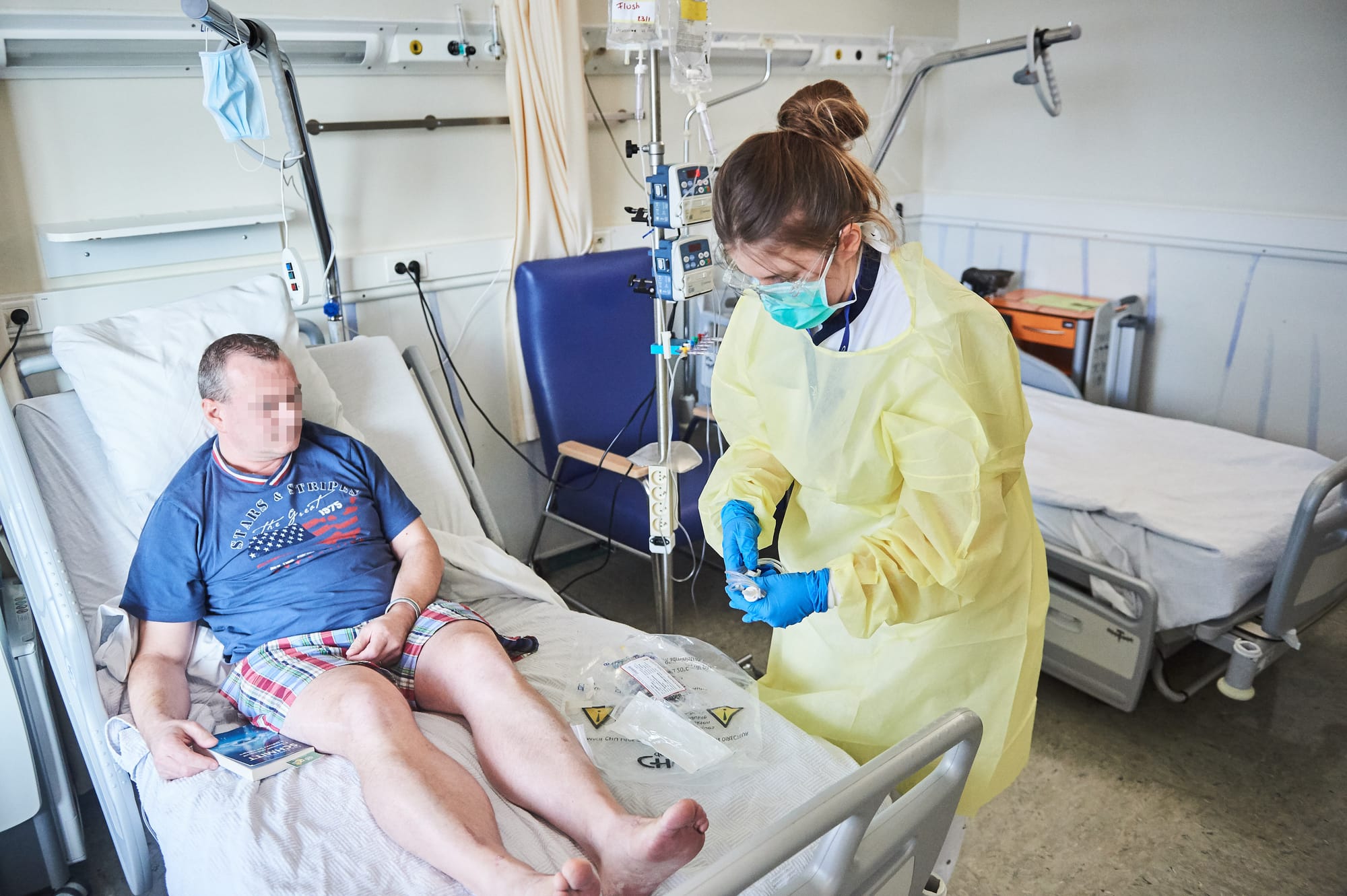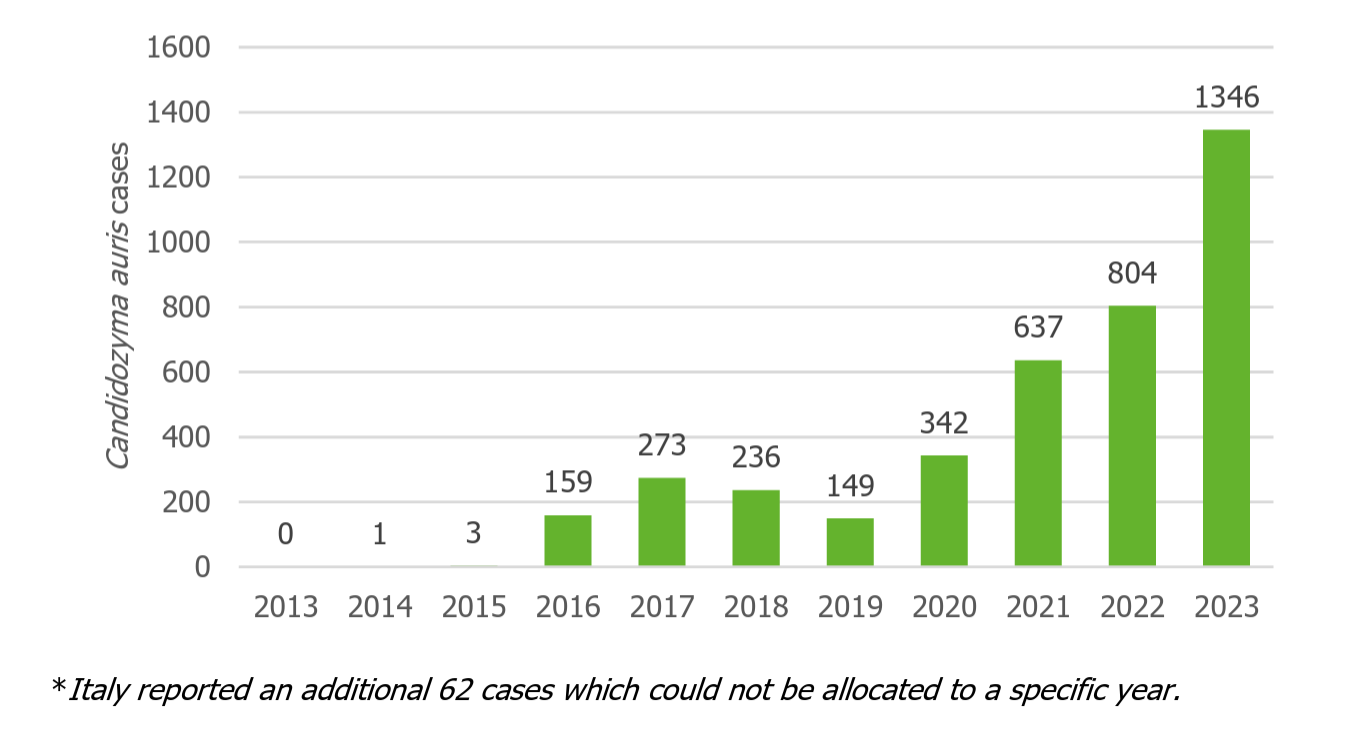ECDC calls for urgent action on the spread of drug-resistant fungus

The European Centre for Disease Prevention and Control (ECDC) has issued a warning about the continued spread of Candidozyma auris (C. auris) in European hospitals.
C. auris is a species of yeast that was designated as a priority fungal pathogen by the World Health Organization in 2022. First discovered in 2009, it can cause severe infections in seriously ill patients and is difficult to control.
“C. auris has spread within only a few years, from isolated cases to becoming widespread in some countries,” said ECDC Head of ECDC’s Antimicrobial Resistance and Healthcare-Associated Infections, Dr Diamantis Plachouras, “this shows how rapidly it can establish itself in hospitals. But this is not inevitable. Early detection and rapid, coordinated infection control can still prevent further transmission.”
Table: Reported cases of Candidozyma auris, EU/EEA, 2013-2023

The ECDC believes that these cases, “only reflect the tip of the iceberg”, as surveillance is limited or not in place in many countries. The five countries with the highest recorded C. auris case numbers for 2013–2023 were Spain, Greece, Italy, Romania and Germany.
While Cyprus, France, and Germany reported outbreaks, Greece, Italy, Romania and Spain have regional endemicity. The ECDC estimates that the period from the first case to endemicity is five to seven years. More optimistically, transmission can be successfully controlled and further spread prevented, the paper cites examples from Germany, Denmark and Italy.
The ECDC found that many countries still lacked adequate national surveillance and infection prevention and control (IPC) systems, raising concerns about a high risk of continued spread in European healthcare environments.
